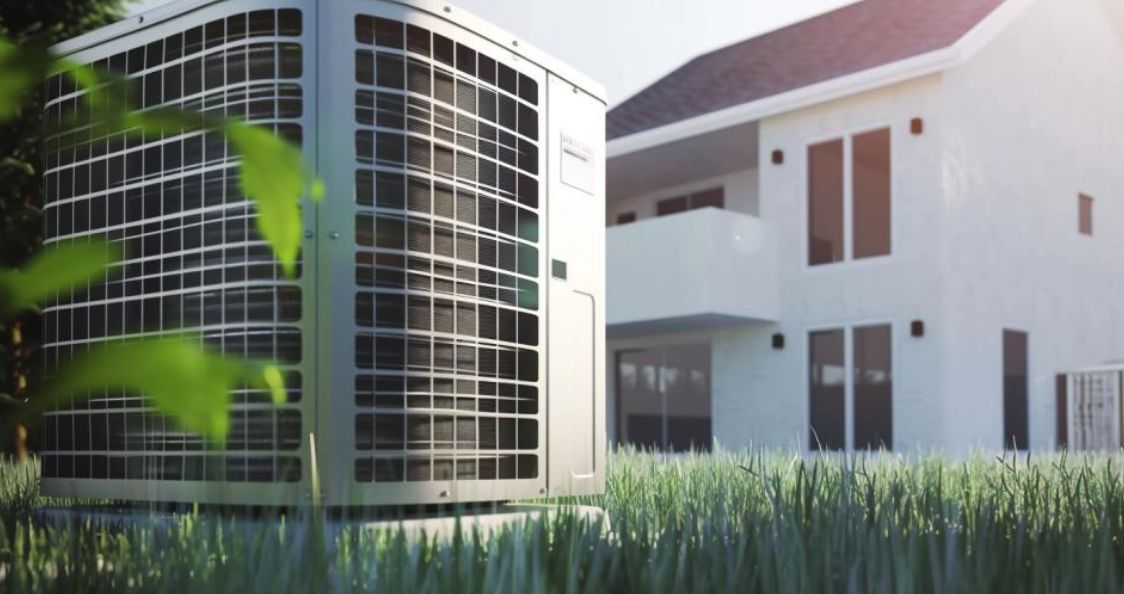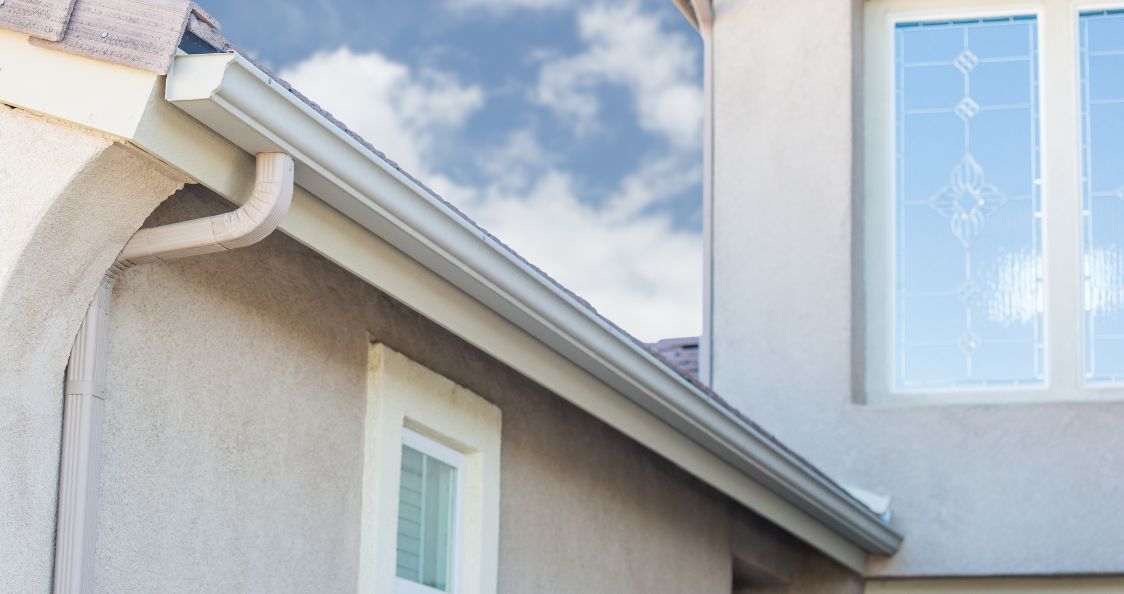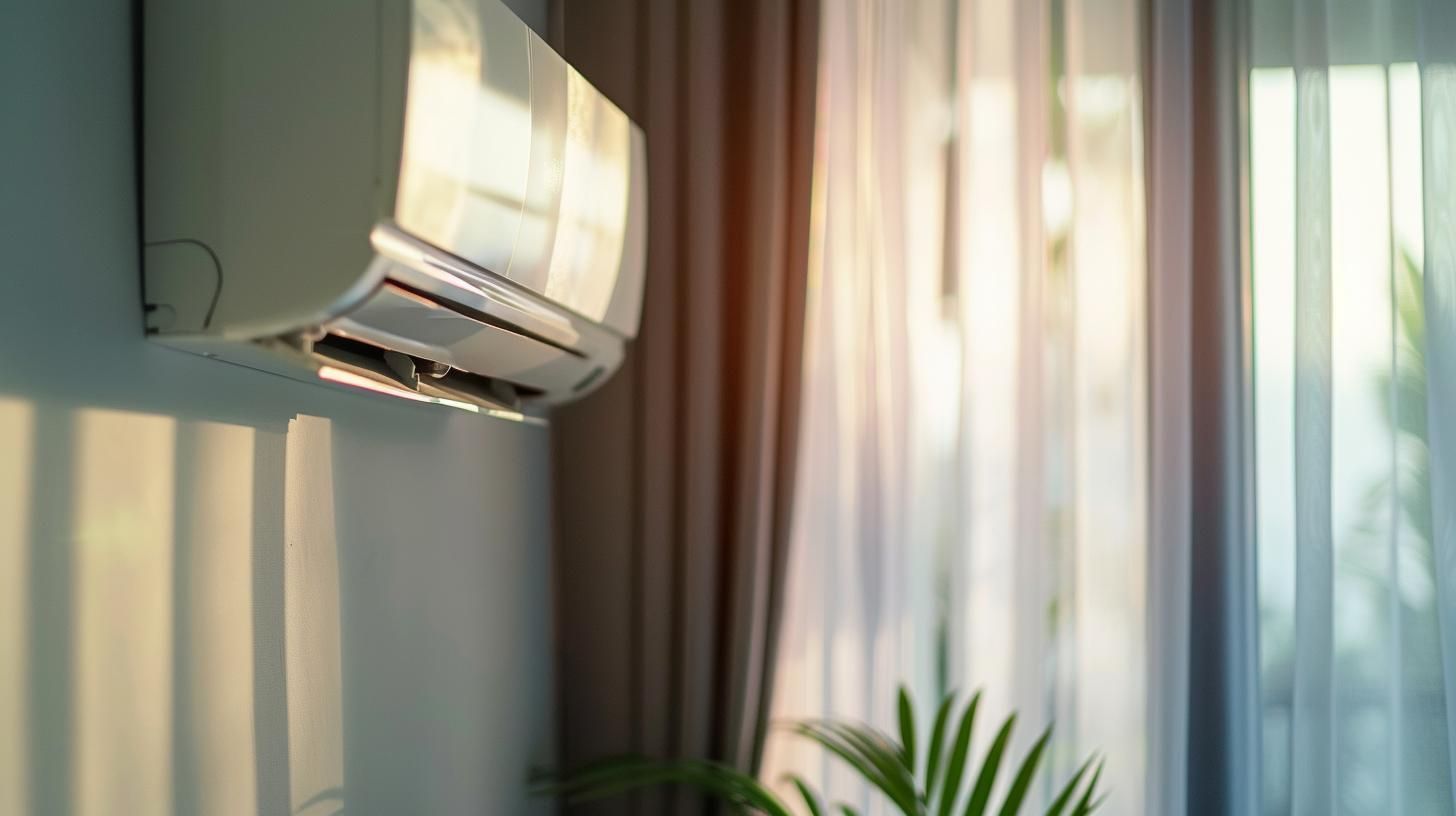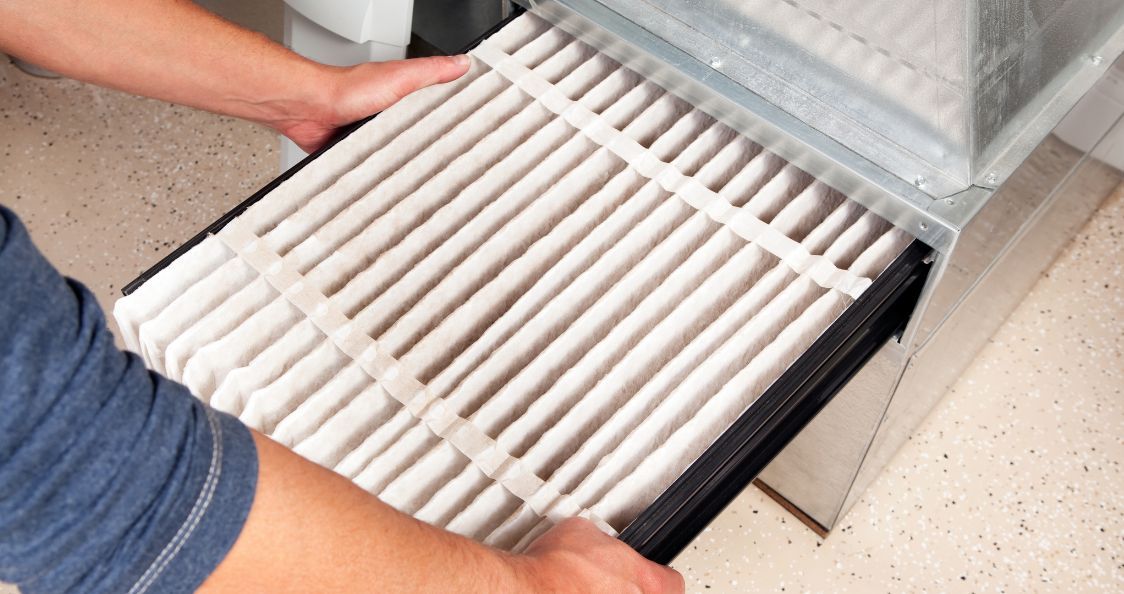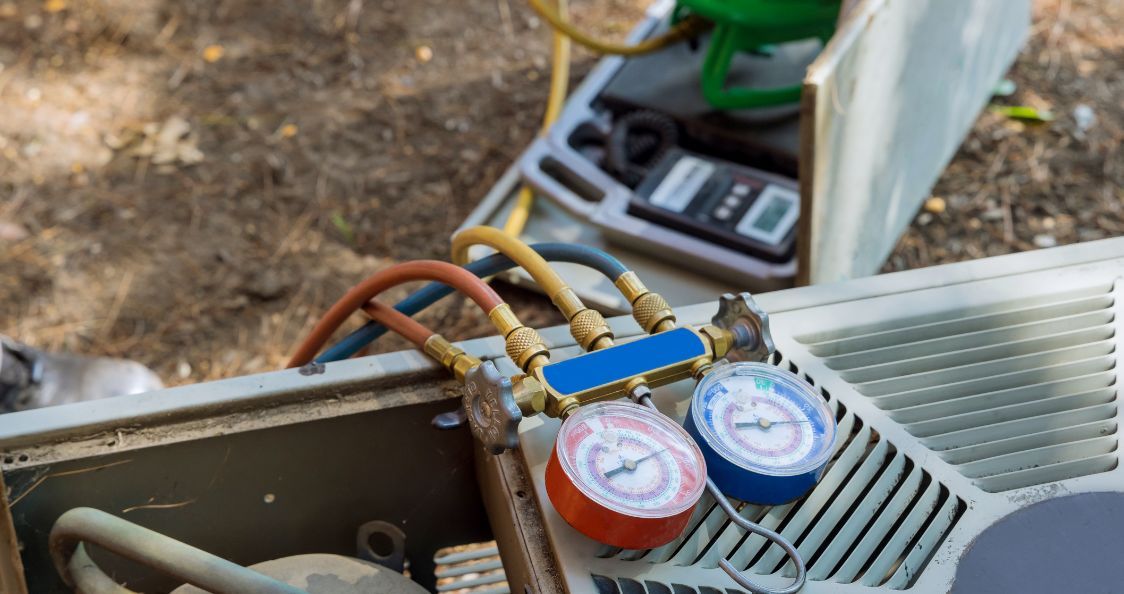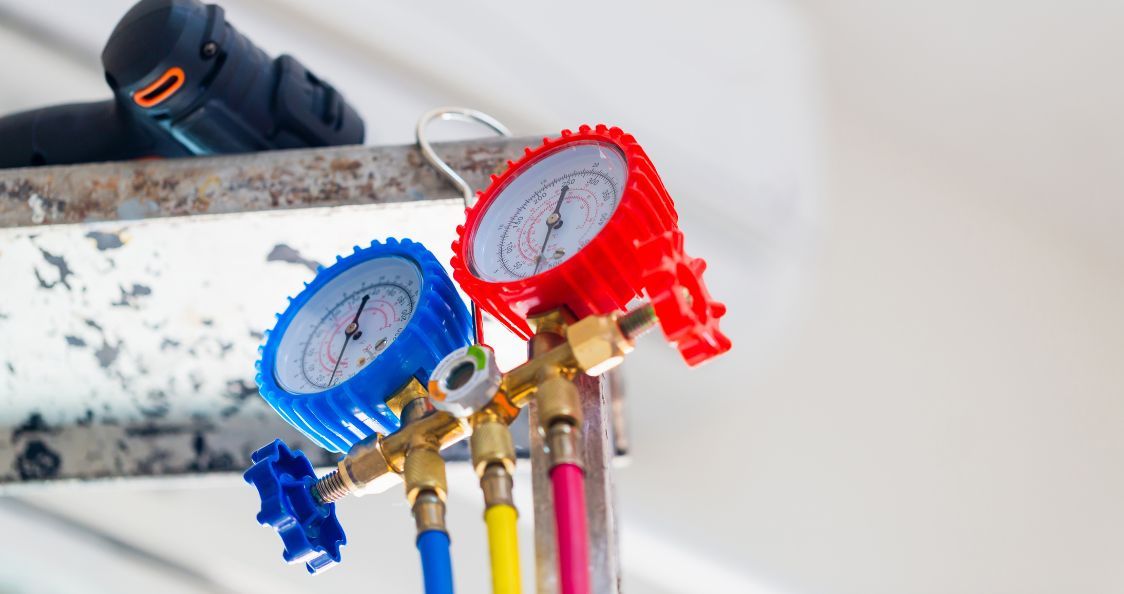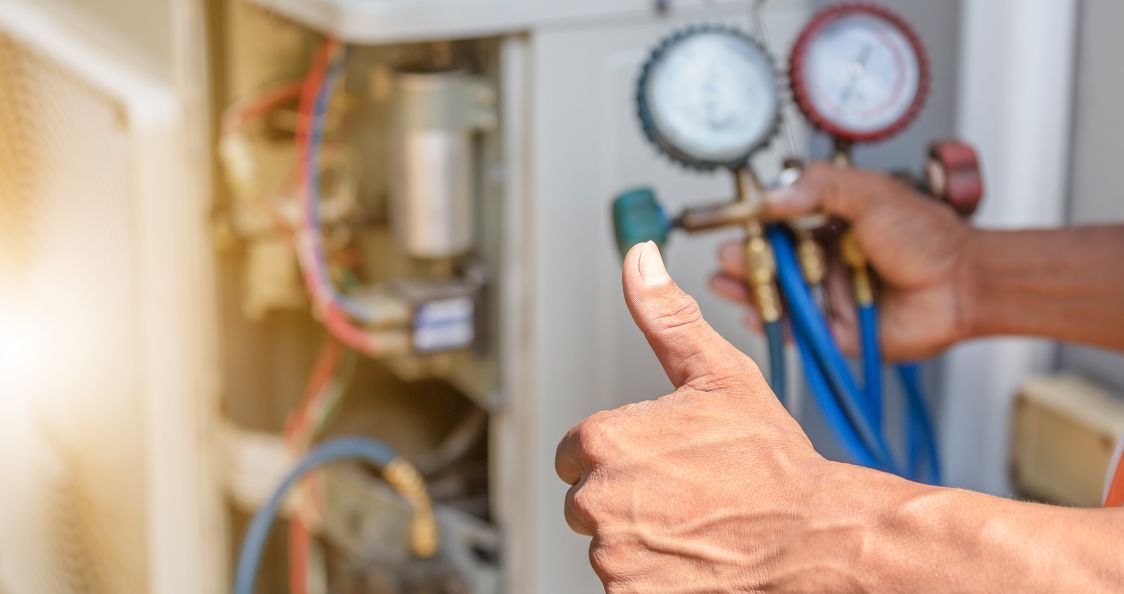How Proper Installation Impacts AC Performance: A Cool Guide for Hot Days
TL;DR: Proper AC installation is crucial for efficiency, longevity, and comfort. It involves placing the unit correctly, ensuring balanced ductwork and airflow, precise thermostat placement, and selecting the right size unit. Professional installers offer expertise, compliance with regulations, access to specialized tools, warranty assurance, and cost efficiency. For a smooth installation experience and optimal performance, trust professionals like Clarke and Rush. Stay cool, call us for help!
Nearly 90% of American households have installed AC units. However, there are cases of improper AC installation that have prevented homeowners from embarking on a journey toward comfort, safety, and efficiency. So, we must learn how proper installation impacts AC performance and discover the ways experts navigate the waters.
Picture this. It’s the middle of summer, the sun is beating down like it’s got a personal vendetta, and you’re about to turn on your brand-new air conditioner. You hit the switch, expecting a blast of arctic bliss… and instead, you get a lukewarm breeze that couldn’t cool a cup of coffee.
So, what’s the issue?
Well, friend, it might just be that your AC wasn’t installed properly. Let’s dive into why proper installation is the secret ingredient to keeping you cool!
AC Unit Placement
First things first, where your AC unit calls home matters – a lot. Imagine throwing a house party and placing the DJ booth in the bathroom; it just doesn’t work. Similarly, placing your outdoor unit in a cramped, poorly ventilated space is like asking it to run a marathon while breathing through a straw. It needs space to breathe!
A properly installed unit is positioned in a well-ventilated area, free from obstructions that could block airflow. This not only improves efficiency but also prolongs the life of your AC unit.
A Balancing Act: Ductwork and Airflow
Ductwork might not be the first thing on your mind when installing an AC, but it’s as crucial as remembering to put pants on before leaving the house. Leaky or improperly sized ducts are like trying to drink a milkshake through a cocktail straw – you’re not getting much out of it.
Proper installation ensures that ducts are sealed tight and sized just right, ensuring cool air flows freely and efficiently throughout your space. It’s the difference between a pleasant breeze and a full-on arctic expedition in your living room.
The Power of Precision: Thermostat Placement
Placing your thermostat is like finding the perfect spot on the couch for TV viewing – it has to be just right. A thermostat installed near windows, doors, or in direct sunlight might think it’s hotter than it is, causing your AC to work overtime and your energy bills to skyrocket.
Focusing on proper installation can ensure that the thermostat is placed in a central location away from misleading heat sources, ensuring that your AC works smarter, not harder.
Size Does Matter
When it comes to AC units, size isn’t just a number. It’s a lifeline. Installing an AC unit that’s too small is like using a handheld fan to cool a ballroom – it’s just not going to cut it. Conversely, a unit that is too large isn’t doing you any favors either.
Proper installation involves calculating the perfect size based on your space’s square footage, insulation, and other factors, ensuring your unit is just right for your needs. No more, no less.
The Importance of a Good Connection
Electrical connections in AC installation need to be solid and reliable. Poor wiring or incorrect voltage can lead to inefficiencies, malfunctions, or safety hazards. A properly installed AC is like a best friend – reliable, efficient, and safe, with wiring that’s up to code and secure connections. It’s the kind of friendship that keeps on giving, season after season.
Calibration Is Key
An AC unit that isn’t properly calibrated looks nice but doesn’t do its job. Proper installation includes calibrating your unit to ensure it operates at peak efficiency, from the coolant levels to the thermostat settings.
Maintenance Tricks
Finally, let’s talk maintenance. Installing an AC properly is just the beginning. Regular check-ups by professionals can keep your AC unit in shipshape condition, extending its lifespan and ensuring it operates at peak efficiency.
This ongoing care is crucial for catching potential issues before they escalate. Proper installation sets the stage for easy, effective maintenance, ensuring your unit stays efficient and effective for years to come. It’s the secret to a long, cool life for your AC.
How Professional AC Installation Services Can Help
While it may be tempting to attempt AC installation on your own, guided by YouTube tutorials and advice as your compass, navigating these seas without a seasoned crew can lead to choppy waters ahead. That’s where the importance of professional services comes into play, transforming what could be a turbulent voyage into smooth sailing.
Let’s dive deep into why calling in the pros may be necessary.
Precision Planning and Expertise
First and foremost, professional AC installers ensure your installation is planned with precision and carried out properly. This includes conducting detailed assessments of your space to determine the optimal type, size, and placement of your unit.
Much like a skilled captain charts a course considering currents and weather, a professional installer calculates load requirements and airflow dynamics to ensure your AC runs efficiently and effectively.
Installation Perfection
The actual installation of an AC unit is delicate, and professionals are well aware of that. Every step, from securing mounts to connecting electrical wiring, demands a level of precision that only comes with experience. Think of them as the ballerinas of the HVAC world – graceful, precise, and making each challenging move look effortless.
Compliance and Safety
Navigating the labyrinth of codes and regulations governing AC installation can be daunting. Professionals come equipped with a map of these regulations, ensuring that every aspect of the installation complies with local codes and industry standards.
The Right Tools for the Job
Professional installers arrive with specialized tools and equipment, ensuring that every part of the installation process is executed with precision. This includes everything from gauges for measuring refrigerant levels to specialized tools for securing electrical connections. It’s this access to the right tools that can make the difference between a smooth installation and a rocky one.
Warranty and Peace of Mind
Professionals not only ensure that your warranty remains intact, but many also offer additional guarantees on their workmanship. This peace of mind is invaluable, offering a lifeline in the rare event that issues arise post-installation.
Time and Cost Efficiency
American homeowners spend $29 billion every year on air conditioning systems. But this cost may increase if the demand for repairs and replacements becomes more frequent. Mistakes made during self-made installations can lead to inefficiencies, increased energy bills, and costly repairs.
Conclusion
When discovering how proper installation impacts AC performance, you must consider efficiency, longevity, and peace of mind. The way your AC is installed will determine whether you spend a summer in sweat-soaked misery or one filled with blissful, cool comfort.
Enlisting the aid of professional services is crucial to having an experienced crew on your side during the grand voyage of AC installation.
So, when it comes time to install your next AC unit, remember – proper installation isn’t just a detail; it’s the whole ballgame. With this guide in hand and the help from Clarke and Rush, you’re ready to hit a home run. Call us and stay cool, our friends.


